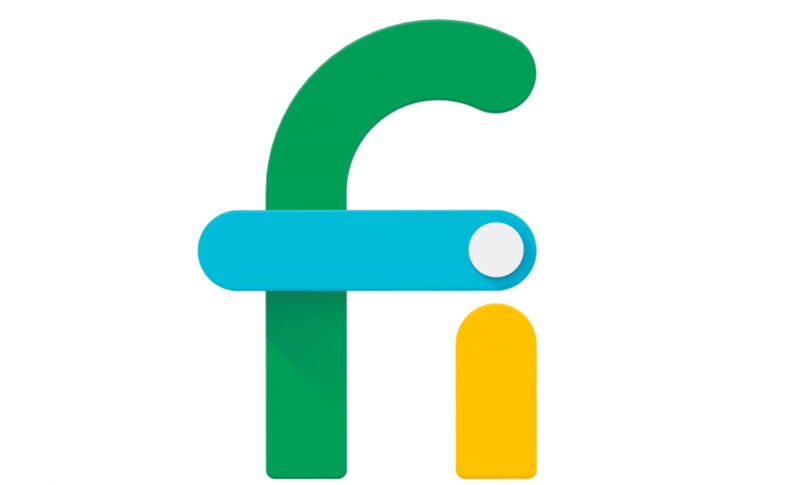Google Fi, Google’s New Cellphone / Wireless Service, Has Launched
Google has now launched its anticipated own cellphone service called Fi. Details are up here on the Google Blog, as well as a new Fi website where people who own a Nexus 6 phone can request an invite. Google’s also released a video about the service: Google’s service taps into two different 4G LTE providers, […]

Google has now launched its anticipated own cellphone service called Fi. Details are up here on the Google Blog, as well as a new Fi website where people who own a Nexus 6 phone can request an invite.
Google’s also released a video about the service:
Google’s service taps into two different 4G LTE providers, depending on where it is used. In the US, that’s expected to involved T-Mobile and Sprint, based on earlier reports. However, Google didn’t confirm that in its blog post today nor does its Google Fi networks page explain exactly which networks will get used inside the US or outside.
The service also taps into free open wifi hotspots Google says it has identified as “fast and reliable.” Google says that handing off data and voice communications from wifi to LTE will won’t “skip a beat.”
Plans begin at $30 per month, $20 for the base service and $10 for 1GB per data. Addition data costs $10 per 1GB. Unlimited talk and text in the US is offered; unlimited text outside the US, with “low-cost” international calls. Coverage is promised in 120+ companies and data can be used outside the US with no extra charge. Wifi tethering / hotspots usage is included. Any unused data is refunded on a pro-rated basis at the end of the month.
The rationale behind the service, according to Google SVP Sundar Pichai’s previous remarks “is to drive a set of innovations which we think the system should adopt.” When first announced, I likened it to a kind of “reference design” for wireless plans of the future — the Google Nexus of wireless programs.
Many telecom and financial analysts have compared the new service with Google Fiber, which is only available in a few US markets. Google has characterized what will probably be called “Google Wireless” as a “small experiment.”

The company has positioned the new service this way to avoid threatening incumbent wireless carriers. Yet the service could ultimately become a real threat.
Google is probably only making a single handset available for two reasons. The device will need to meet certain technical specifications and requirements to operate simultaneously on the two networks and to use WiFi calling. Most people don’t have a Nexus 6 and would be required to buy one.
My guess is that Google won’t subsidize the phone and so the handset price will be an intentional way to keep larger numbers of people from signing up. By the same token Google could also limit access to the service in other ways (although I don’t know what they would be).
Unlike Google Fiber, a Google Wireless service will have national reach on day one. It’s reach and availability will be equivalent to the reach of the Sprint and T-Mobile networks. It will work in every market by definition.
Contributing authors are invited to create content for MarTech and are chosen for their expertise and contribution to the search community. Our contributors work under the oversight of the editorial staff and contributions are checked for quality and relevance to our readers. MarTech is owned by Semrush. Contributor was not asked to make any direct or indirect mentions of Semrush. The opinions they express are their own.
Related stories